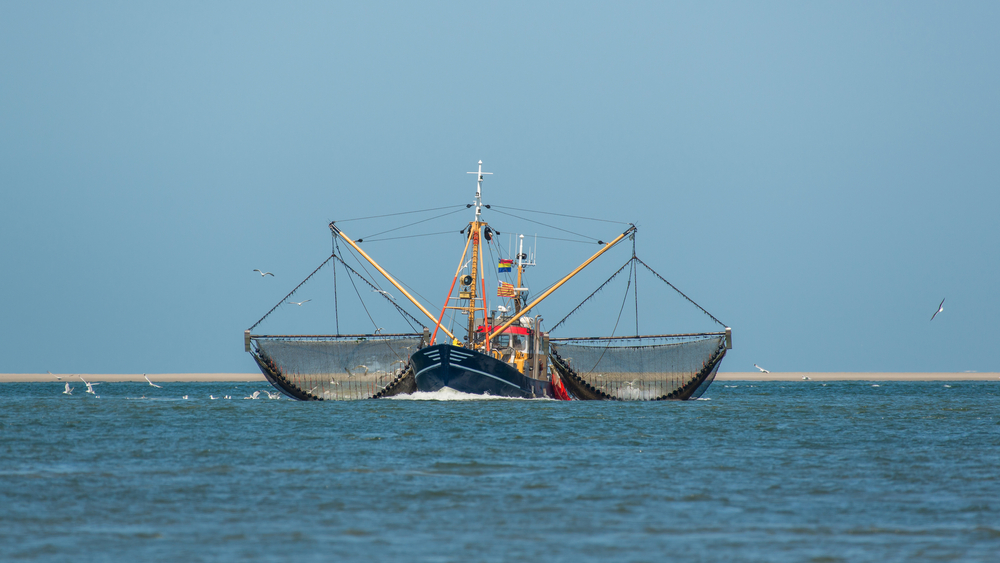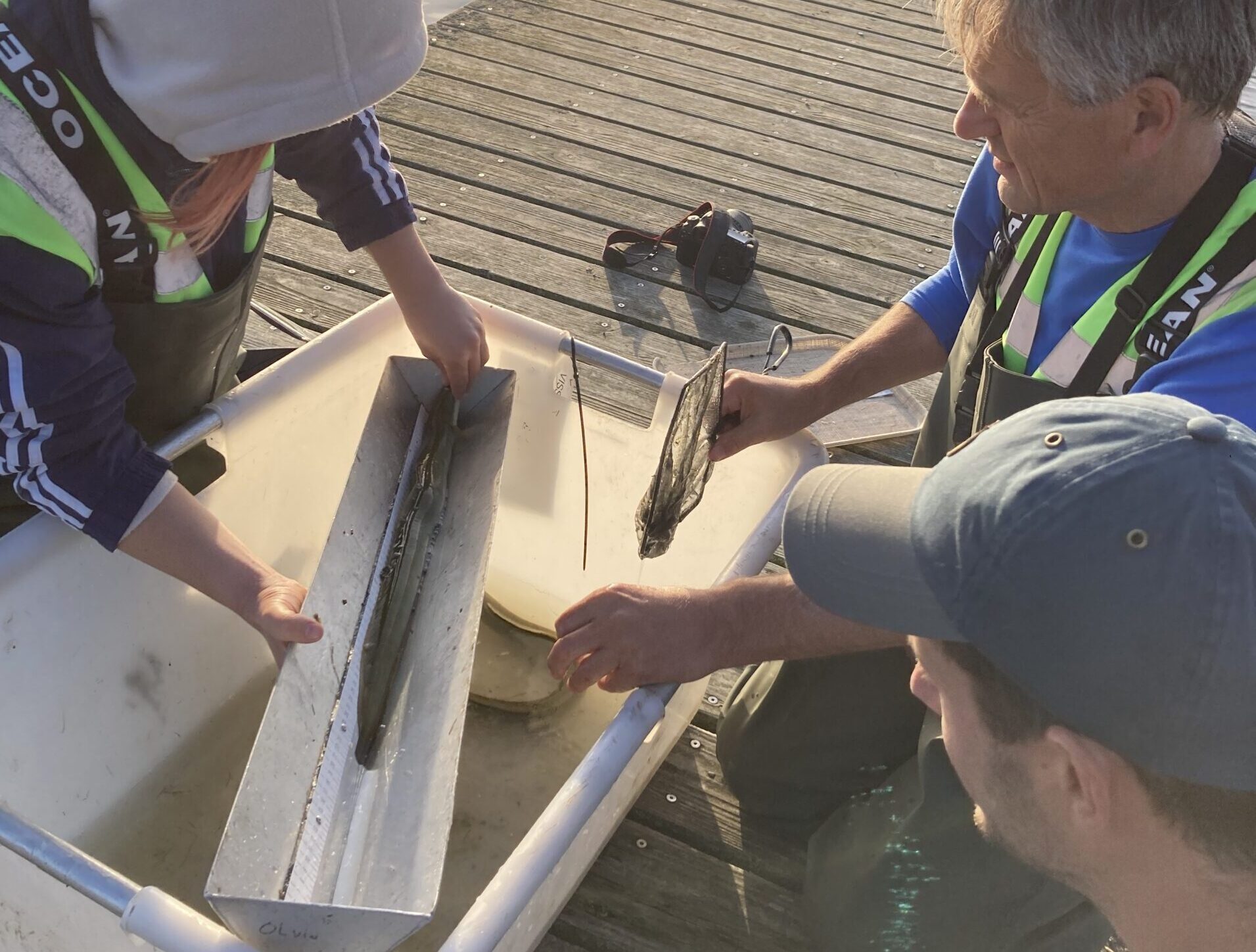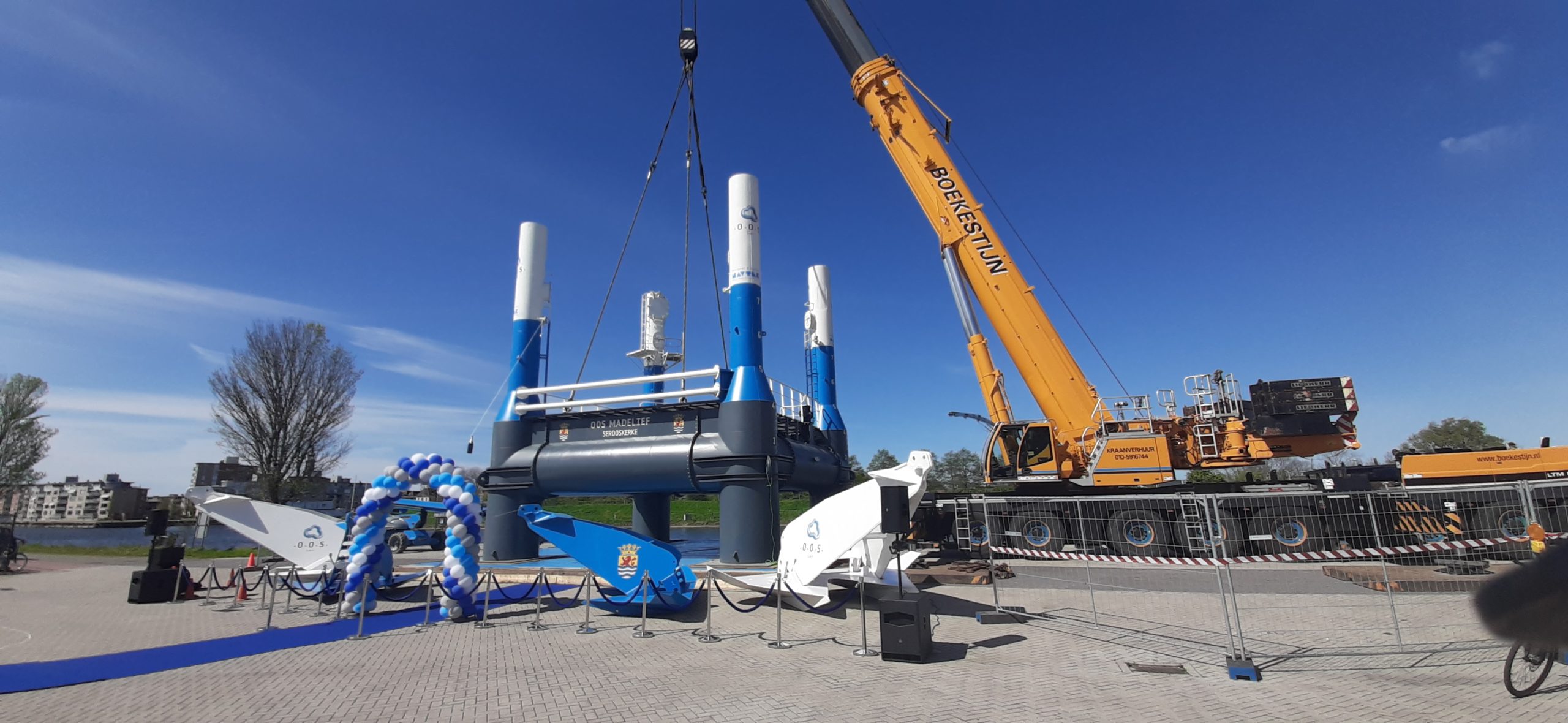But that does not mean the industry’s financial concerns are over. That is the conclusion of the report ‘Fisheries in Figures 2025’, by Wageningen Economic & Social Research.
Last Friday saw the presentation in Scheveningen harbour of the annual update by Wageningen on the status of the Dutch marine fishing industry. According to the provisional figures, the industry recorded a net profit of nearly 20 million euros. That does not mean the sector is thriving, explains the report. The lack of financial headroom and uncertainty about the long-term future are preventing investments in the fleet, which is ageing further as a result.
The catch of fresh fish from the North Sea that is landed in the Netherlands has been declining for years, in part due to the shrinking fleet. Dutch fish processors and wholesalers are therefore increasingly importing fish and shellfish. The EU remains the biggest market, with a share of 80 per cent, with Nigeria and Egypt as other important destinations. In terms of value, the export of fish increased to 6.4 billion euros in 2024 (a rise of 3 per cent), while the volume increased by 5 per cent. The import value rose to 5.2 billion euros (up 4 per cent) and the volume increased by 11 per cent.
Boats and mussels
The fleet of Dutch fishing boats shrank last year for the fourth year in a row. However, the decrease — from 216 to 212 boats — was much less than in the ‘rationalization year’ 2023. Twenty years ago, the fleet numbered 367 boats. The number of fishing days recorded by the remaining boats increased slightly compared with 2023. The catch was also higher. Partly because of this, the fleet of fishing boats ended 2024 with a net profit of almost 15 million euros.
The 2024-25 season was not a good one for mussel farms, which suffered an estimated loss of around 12 million euros. The sector recorded a profit of 6 million euros in the previous season. The size of the mussel fleet declined from 45 to 42 boats, while the catch fell from 33 million kilos to 21 million (a decrease of 36 per cent). Revenue fell from 54 million euros to 36 million euros (down 33 per cent). The average price per kilo rose slightly (up 5 per cent).
There were losses too for deep-sea fishing, although at four million euros this was less than in the previous year (with a loss of 9 million euros). The size of the fleet remained the same with eight active trawlers. The catch increased by 13 per cent to 236 million kilos, and the associated revenue increased by 8 per cent to 107 million euros. However, that required an increase of 11 per cent in the number of days at sea.
International tensions
According to Wageningen Economic & Social Research, the fishing industry is affected by international tensions such as the war in Ukraine and the attacks by Houthi rebels in the Gulf of Aden. The latest challenge concerns the effect of Trump’s import tariffs on the EU’s fish exports. ‘The EU currently exports a lot of salmon to the United States,’ says fisheries researcher Geert Hoekstra.

 Photo Shutterstock
Photo Shutterstock 

